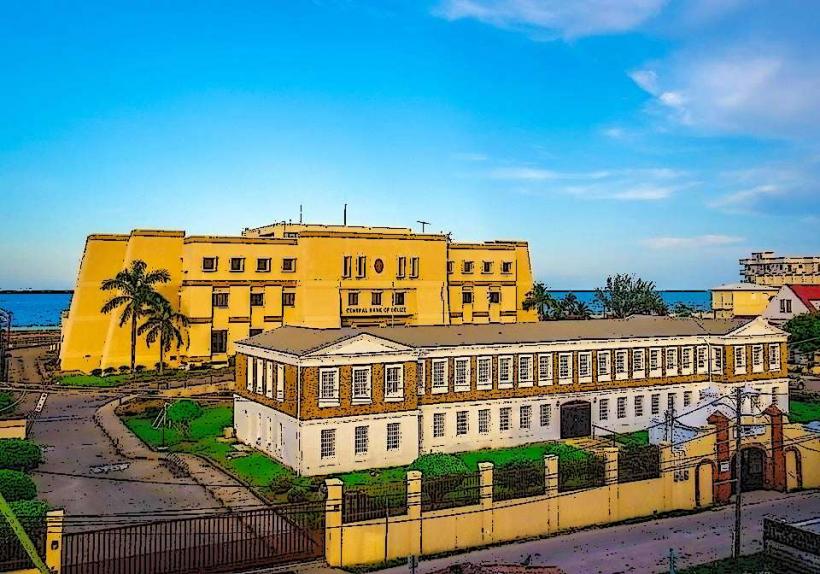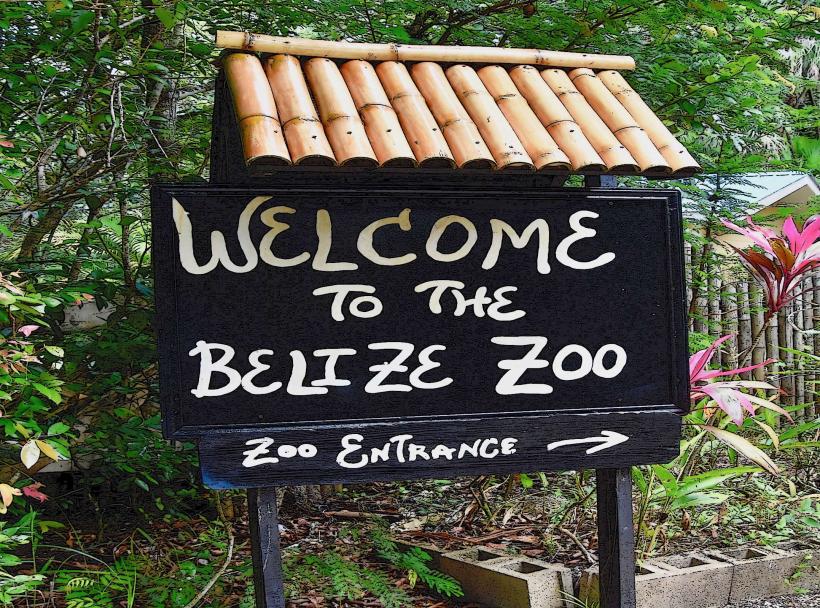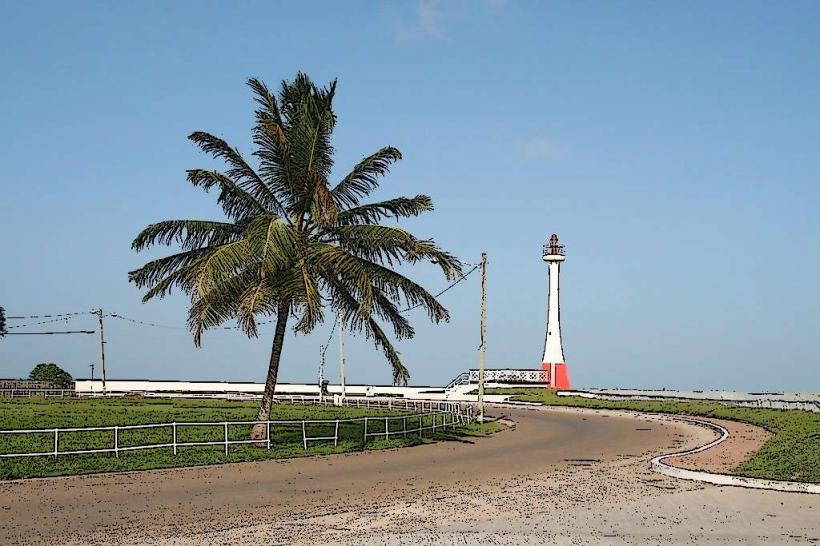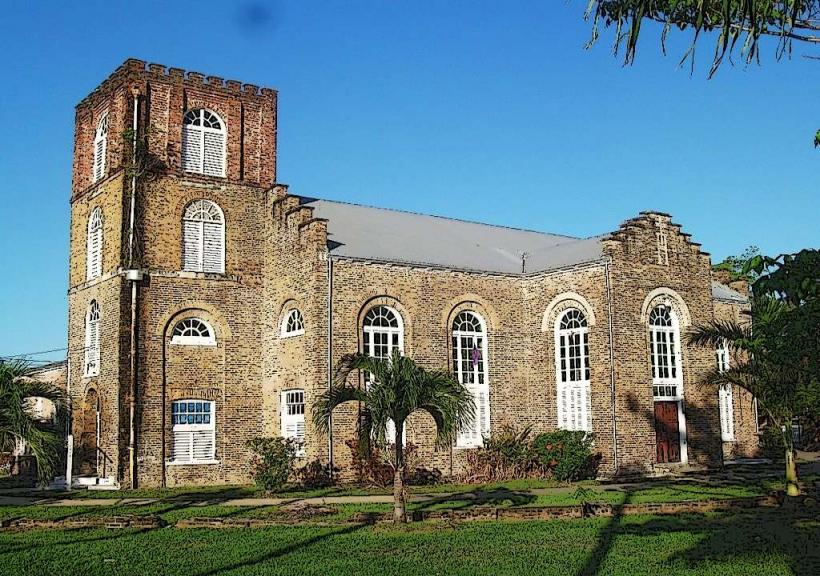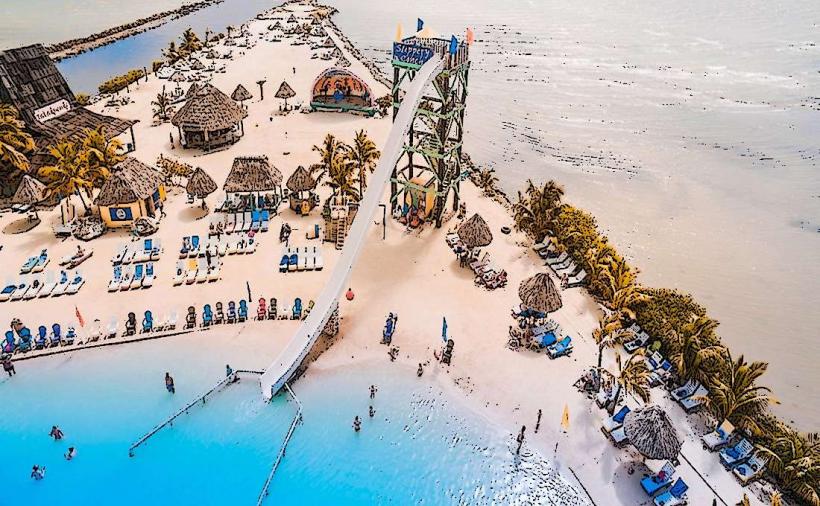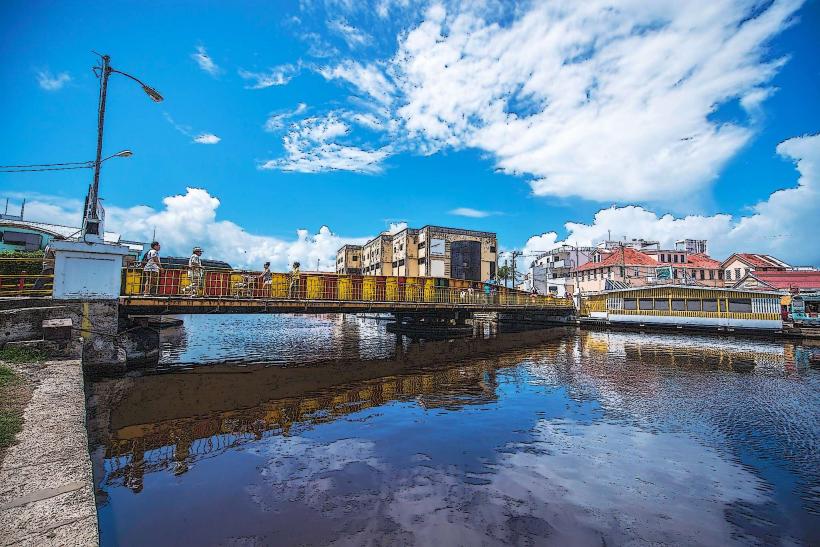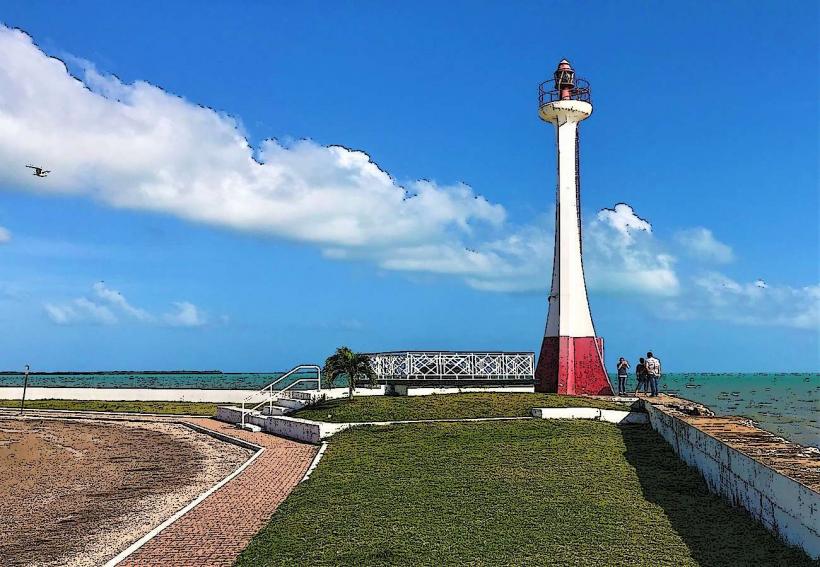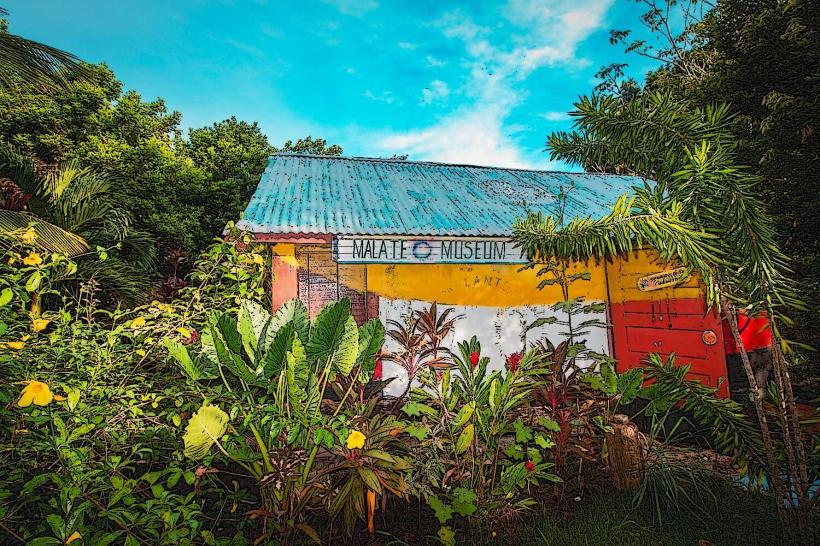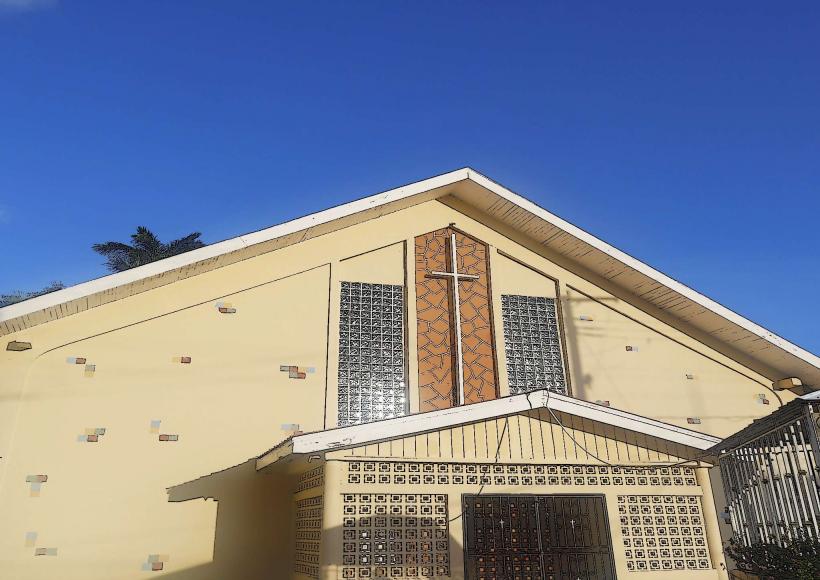Information
Landmark: Maya Cacao HouseCity: Belize City
Country: Belize
Continent: North America
The Maya Cacao House, also known as Cacao House, is an interesting cultural and historical site located in Belize. It offers a unique look into the ancient Maya's relationship with cacao, the primary ingredient used to make chocolate. The Maya were among the first to cultivate and use cacao in the Americas, and the Maya Cacao House provides visitors with an opportunity to learn about the history, process, and significance of cacao in Maya culture.
Overview of the Maya Cacao House
History and Significance of Cacao to the Maya
The Maya civilization (circa 250–900 AD) had a deep cultural connection to cacao, which they considered a sacred food and used in various aspects of life, including rituals, trade, and as a form of currency.
Cacao beans were so valuable that they were used as money in the Maya society, and the beans were also ground into a paste to make a traditional cocoa beverage, often mixed with spices like chili, vanilla, or achiote, and sometimes even cornmeal. This early form of chocolate was very different from modern chocolate but was nonetheless an essential part of the Maya’s daily life and spiritual practices.
The Maya Cacao House Experience
1. Cacao Production and Processing
At the Maya Cacao House, visitors are given a hands-on experience of the traditional Maya cacao process. They can observe how the cacao beans are harvested from cacao pods, fermented, and dried before being ground into a paste. The process is still largely the same as it was during the Maya period, and visitors can see how the traditional stone grinding tools (often called metates) are used.
The house typically features demonstrations by knowledgeable guides who explain the various steps involved in cacao production. Visitors may be able to sample the freshly made cacao or see the process in action, learning about the differences between raw cacao and the chocolate products we are familiar with today.
2. Traditional Maya Chocolate Drink
One of the highlights of the Maya Cacao House experience is the opportunity to taste a traditional Maya chocolate drink. This drink is quite different from modern chocolate drinks. It’s made by mixing cacao paste with water (or sometimes milk), adding spices like chili, vanilla, or cinnamon, and then frothing it by pouring the mixture back and forth between two containers to create a frothy top.
The drink is served in a traditional Maya vessel, and visitors can enjoy the rich, bitter flavor that was once enjoyed by the ancient Maya as part of their ceremonial rituals or as a special beverage.
3. Cacao History and Cultural Importance
The Maya Cacao House also provides a deeper look into the cultural significance of cacao to the Maya. In addition to its use in everyday life, cacao had spiritual importance. It was often used in ceremonial offerings to the gods, and it was believed to have divine properties. The site often has information about the role cacao played in Maya rituals, and how it was used in sacred contexts, such as during royal ceremonies and marriage rituals.
Visitors can learn about the importance of cacao in trade, as it was traded extensively throughout Mesoamerica and beyond. The Maya’s knowledge of cacao cultivation and its spread to other cultures is also discussed.
4. Cacao Products and Souvenirs
The Maya Cacao House also offers cacao products for sale, including chocolate bars, cacao beans, cacao paste, and other artisanal chocolate goods. These products are made using traditional methods, and many visitors enjoy purchasing them as souvenirs.
The house may sell handcrafted cacao-related products, such as chocolate trinkets, cups, and other souvenirs that reflect the significance of cacao in Maya culture.
Educational Experience
The Maya Cacao House provides visitors with an educational experience that goes beyond the history of chocolate. It’s a great place for those interested in Maya history, ethnobotany, and the role of agriculture in ancient civilizations. It offers an interactive way to explore the connection between the Maya and their natural environment, focusing on how the cacao tree was cultivated and integrated into their culture.
The guides typically provide detailed explanations about the history and significance of cacao, drawing connections between ancient practices and the modern world of chocolate production. It is an insightful experience for families, students, and anyone interested in cultural heritage and the origins of chocolate.
Location and Accessibility
The Maya Cacao House is located in Belize, though its exact location may vary. It’s often situated near major archaeological sites or in the Cayo District, which is home to several Maya ruins, making it an ideal stop for travelers exploring ancient Maya civilization and cultural sites.
Some cacao houses are located in San Ignacio, which is a central hub for visitors exploring Maya archaeological sites like Xunantunich and Cahal Pech, and may also be a popular stop for travelers venturing into Cayo District.
Tours to the Maya Cacao House are available from nearby towns like San Ignacio, and many visitors combine their trip to the cacao house with a visit to other Maya ruins or eco-tourism activities in the region.
Conclusion
The Maya Cacao House offers a unique and immersive experience that allows visitors to connect with the ancient Maya’s rich cultural and agricultural heritage. From tasting traditional Maya chocolate to learning about the sacred and practical uses of cacao in Maya society, it is a must-visit for anyone interested in the origins of chocolate, Maya history, or the traditions of Mesoamerican cultures.

